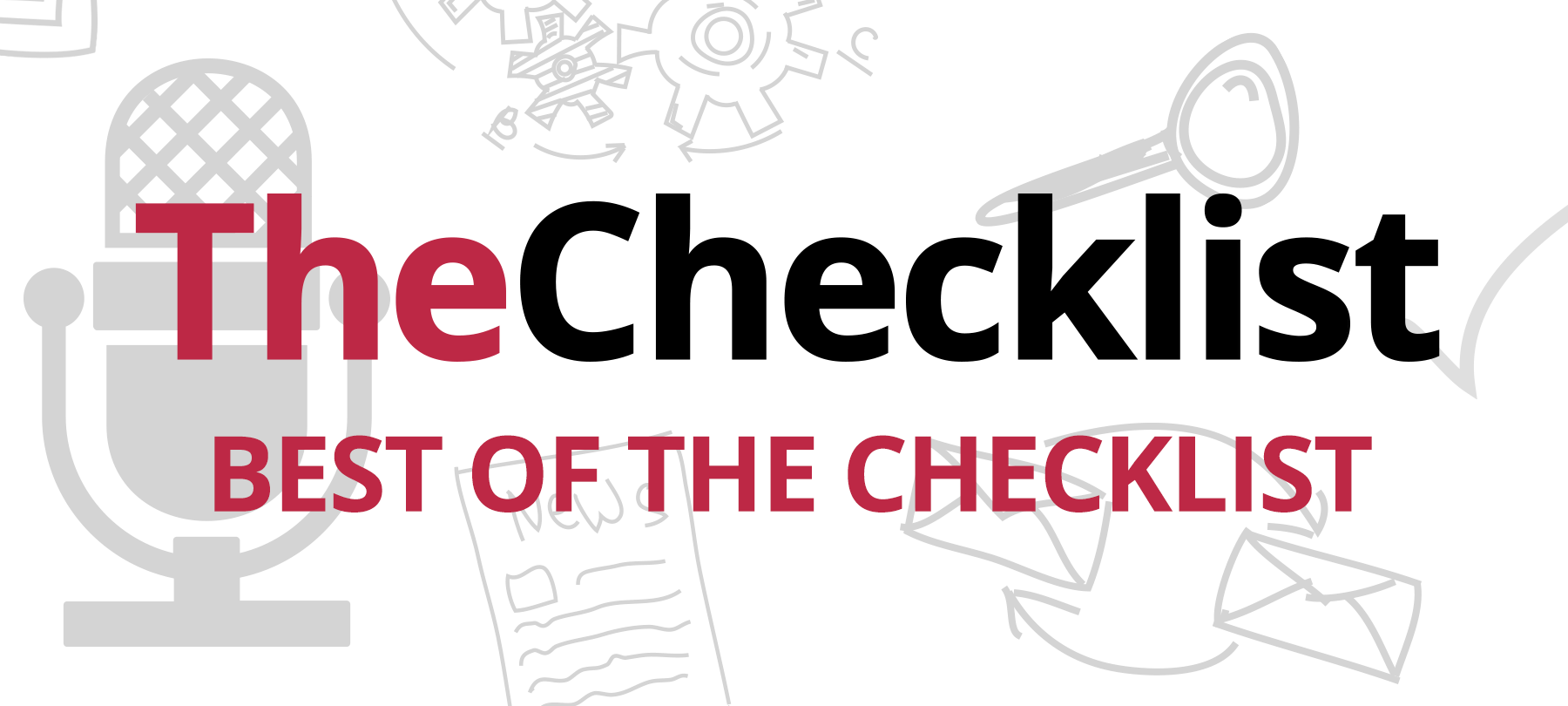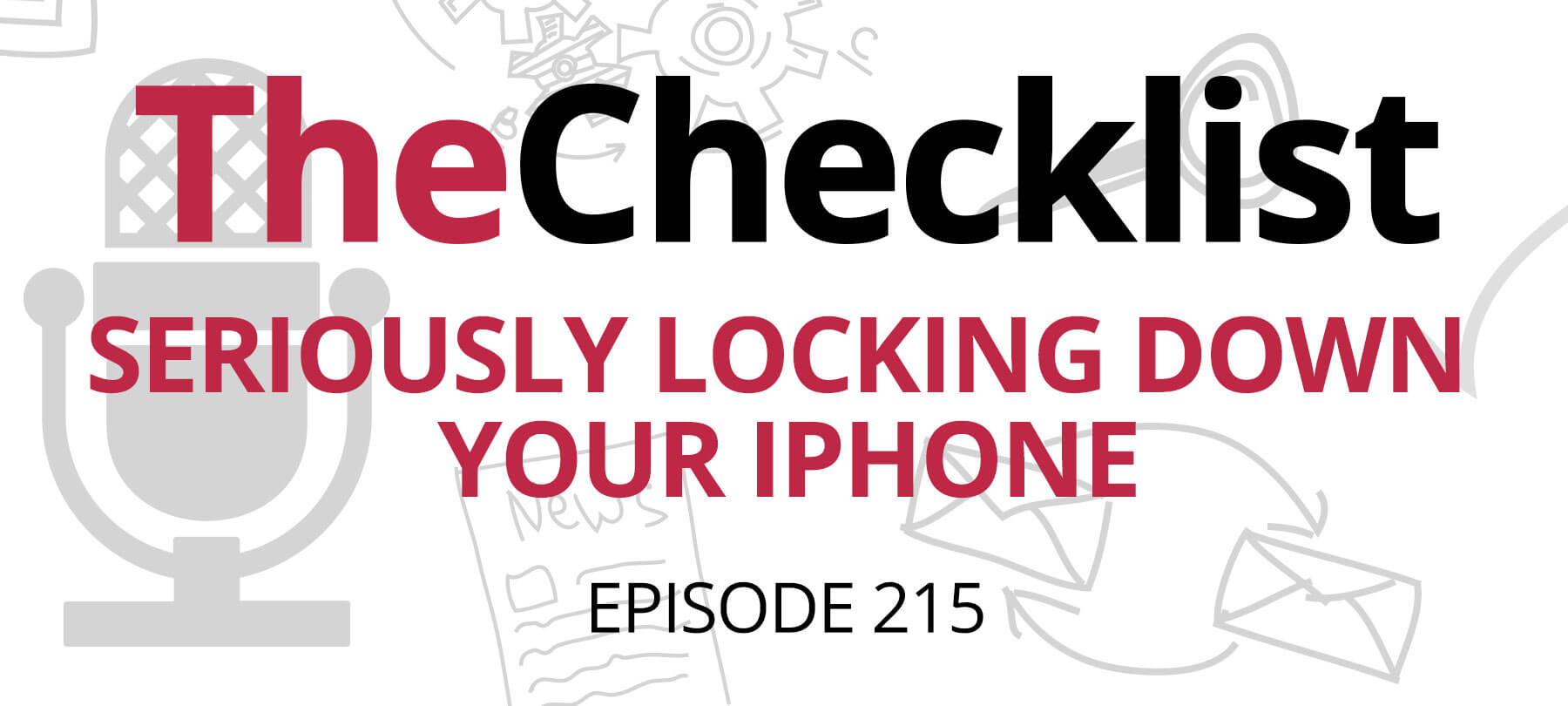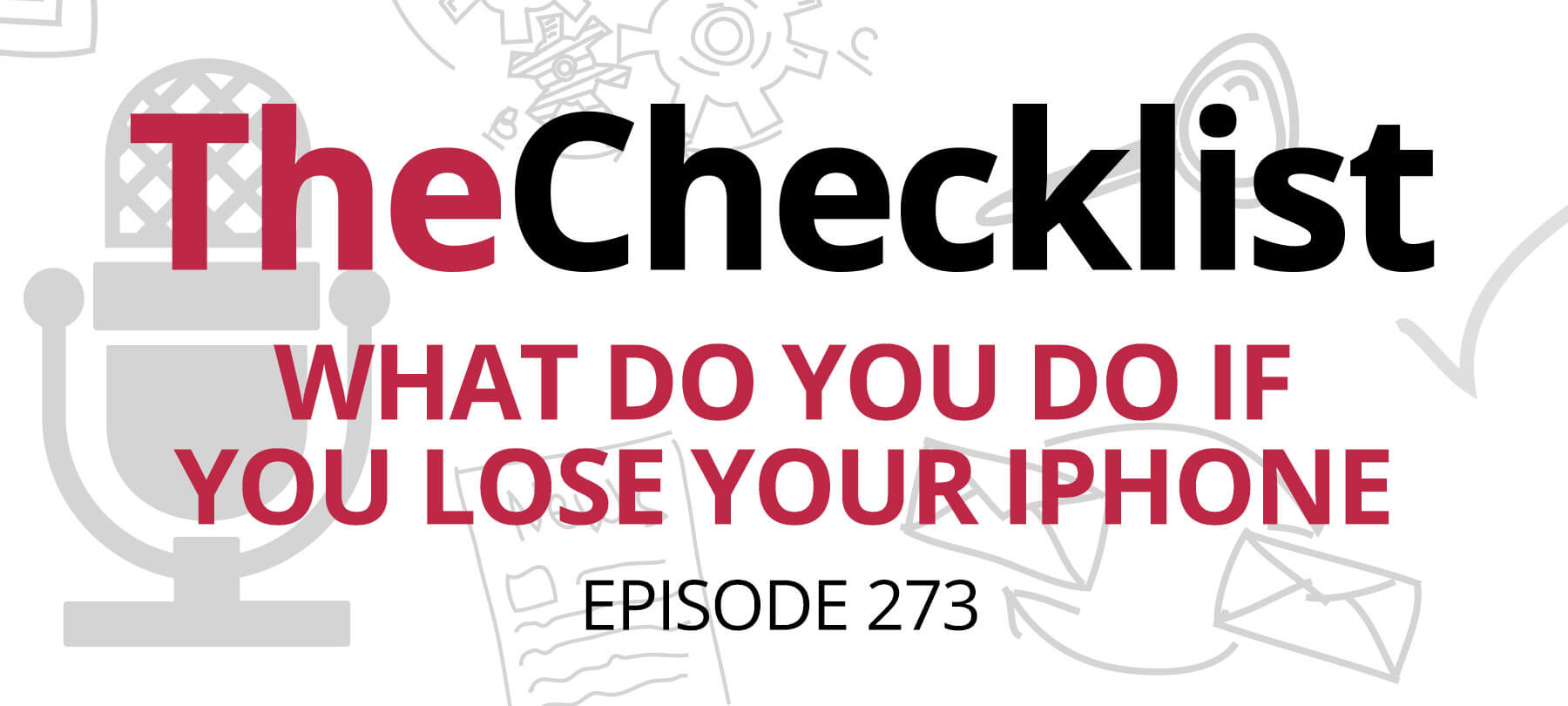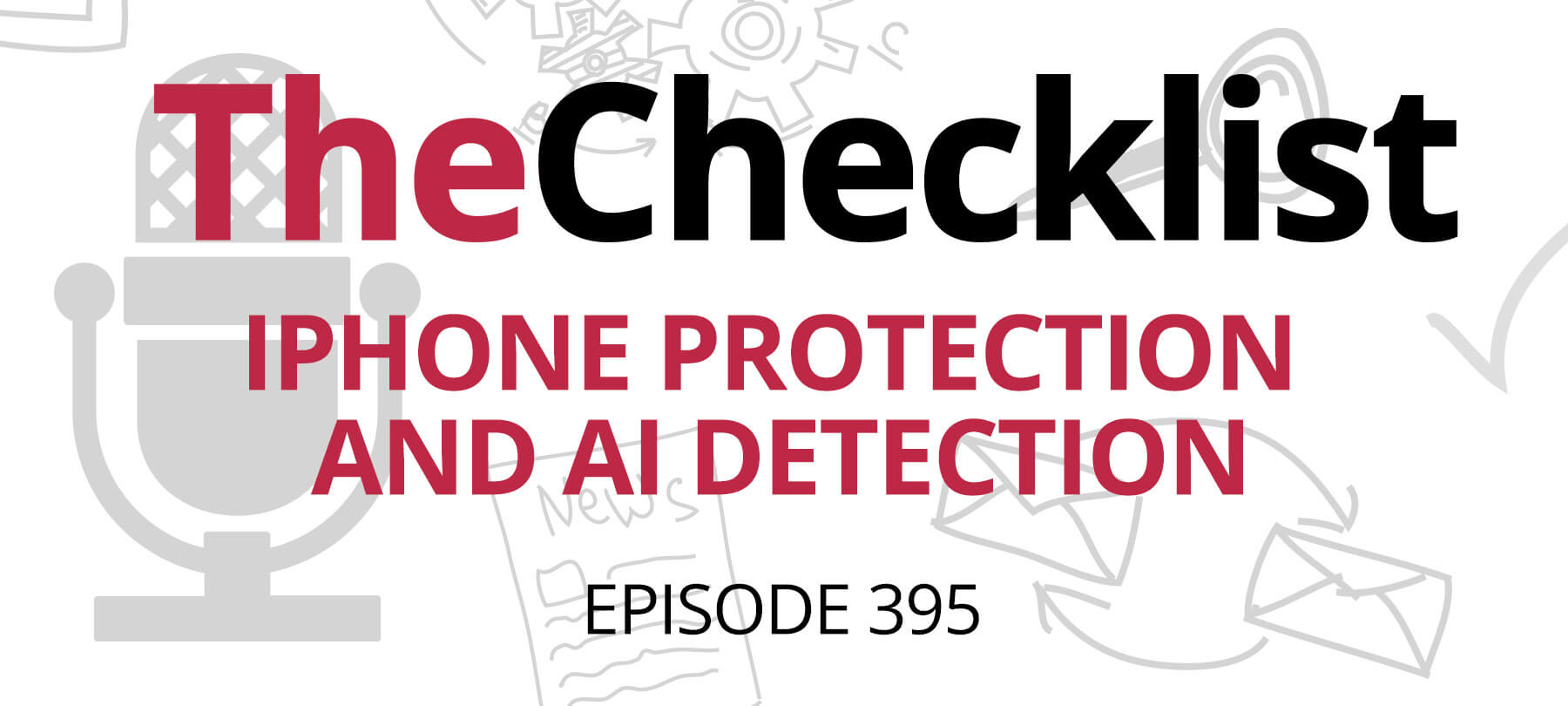- Make sure you’re prepared (latest version of iTunes, recent backup of your old iPhone, check accessory compatibility, new phone case)
- Unbox and set up your new iPhone (activate phone, restore from backup, etc)
- Enable services and security features (iCloud, Find My iPhone, Apple Pay, and Siri)
- Pair your Apple Watch (optional)
- Update your apps (especially if you’re coming from an older version of iOS), get some new apps, and try out new features
It’s Fall in Cupertino, and you know what that means…yep, new iPhones! Your old iPhone is like a trusty sidekick, and with all the time you’ve spent organizing your app folders and home screen you can practically use it blindfolded. But…it’s time for an upgrade. You’ve watched the Apple Event livestream, stayed up waaaaay too late to make sure your pre-order went through, and the delivery guy has just had you sign for your shiny new iPhone.
Now, what are the next steps you need to take to get up and running with your new hardware? You don’t really want to spend hours and hours painstakingly customizing your new phone to match the setup on your old one…there’s got to be a better way, right? Well, there is, and we’re here to help! In this week’s episode, we’ll be covering 5 things you need to do to help make the transition from your old phone to your new one as easy as can be.
- Be prepared. It’s not just a catchy song from The Lion King, you really do want to be prepared before you even think about unpacking your new iPhone. So, you might be asking how much more prepared you can be – you’ve already got your new iPhone, and that’s all you really need, isn’t it? Well…almost. Some of these things are optional recommendations that just generally make life easier, but there is one absolutely essential step you need to take before anything else, and that is to make sure you’re running the latest version of iTunes. In the past, you had to use iTunes when upgrading to a new phone for everything from phone activation to restoring from a backup. Now, these days it’s gotten a lot easier, especially if you’re using iCloud for backups, but in the event that you do need to plug your phone into your computer to complete the setup process, you’ll need to be running the latest version of iTunes. Trust us, it’s better to take the time to update iTunes before anything else, rather than spend an hour trying to figure out why your phone won’t activate correctly when it turns out a simple thing like an update check would have helped you avoid a migraine. Ok, so that’s the essential thing you need to do to be prepared, but you might recall that we said there were some optional recommendations as well…what might those be? If you’re planning on transferring content from your old phone to your new one, you’re going to want a recent backup of your old iPhone all set and ready to go. You could always start fresh with your new iPhone, but the vast majority of the time you’re going to want to transfer all of your old data over to your new device. Other optional ways to be prepared? Make sure your accessories will work with your new phone, and pick up a case for your new phone as well. Back when Apple switched from the 30-pin dock connector to a lightning port, millions of customers found out that their old accessories were no longer going to work, at least not without buying an adaptor first. So if you’re planning on using accessories with your new iPhone, make sure they’re going to work first. If you’re switching from a smaller sized phone to a larger one (or vice versa), or if the case for your old phone is just wearing out, you’ll also want to be sure and pick up one that’s made to fit your new phone.
- Unbox and set up your new iPhone. Ok, with the preliminaries out of the way, now it’s time to unbox your shiny new iPhone! Once you’ve unpacked the iPhone (be sure to keep the box in a safe place if you ever plan on reselling your iPhone!), it’s time to go ahead and start the setup and activation process.
1. Turn on your device. You’ll see a screen showing the word “Hello” in a variety of languages. Slide from left to right to continue the setup process.
2. You’ll be prompted to select your preferred language, as well as your country or region. These choices will affect how information is displayed on your device such as the date and time, contacts, and so on.
3. Next you’ll see a list of available wifi networks. Locate your wifi network in the list and tap it to connect. You’ll be prompted for your wifi network password. If you’re not connecting to a wifi network, you can tap Use Cellular Connection instead.
4. The next setting is one you’ll want to think about before enabling if you have privacy concerns. Location Services is the feature that allows things like Maps, Find My iPhone, and other apps and services to determine your approximate location. While this is obviously a helpful feature, you probably don’t want some random game gathering and using your location data without good reason. The good news is that you can specify access to Location Services on a per-app basis at any time after setup is complete by tapping the Settings app, tapping Privacy, and then tapping Location Services. From there you can change the Location Services setting for any app installed on your phone.
5. Continuing with the theme of security and privacy, the next step in the setup process is to set up Touch ID (not available on all devices) and create a passcode for your device. With Touch ID, you can use your fingerprint to quickly unlock your device, as well as make purchases in the App Store without having to manually enter your App Store password. Follow the prompts on screen to set up Touch ID. Then, set a six-digit passcode that you’ll use to unlock your phone and which will help protect your data. You can tap Passcode Options if you’d like to set a custom passcode (which could include letters and symbols as well as numbers, and which can provide extra security), go with a four-digit passcode (not recommended), or go with no passcode at all (definitely not recommended!). Note that you’ll need a passcode to use features like Touch ID and Apple Pay, so it’s in your best interest to set one up!
6. Now it’s time to transfer your content from your old iPhone by Restoring from Backup. If you haven’t already made a backup of your old iPhone, be sure to check out our previous podcast where we have step-by-step instructions on how to do just that! Assuming that you already have a backup from your old device, tap either Restore from iCloud Backup or Restore from iTunes Backup, depending on which method you used when making the backup. When restoring from an iCloud Backup, you’ll need to sign into iCloud with your Apple ID and password, at which point you’ll be able to choose a backup to restore from. If you’re restoring from an iTunes Backup, you will need to connect your new device to the computer that you used to back up your previous device. In iTunes, select your new device, then click Restore Backup. Select a backup to restore from, and enter your password if prompted. No matter which method you’re using to restore from backup, stay connected and wait for the restore process to finish. It’s a good idea to keep your device connected to wifi and plugged into a power outlet after setup is complete which will allow content stored in iCloud (such as your photos, music, and apps) to be automatically downloaded on your new device. After restoring from backup, you might be prompted to sign in with your Apple ID on your new iPhone, so go ahead and do so if need be.
- Enable services and security features (iCloud, Apple Pay, Siri, and Find My iPhone). Your phone has been restored from backup, so now it’s time to set up some services and additional security features. First, you’ll need to decide if you want to use iCloud with your new device. iCloud has many benefits such as storing your photos and documents online, backing up your iPhone data, syncing contacts and calendars, and tracking down lost or stolen devices with Find My iPhone. If you decide to use iCloud, you’ll then need to decide whether or not to use iCloud Drive to store your files in iCloud and access them across all of your devices. Once the iCloud setup is out of the way, you’ll have the opportunity to set up Apple Pay (not available on all devices). Apple Pay is Apple’s wireless payment system that allows you to securely store your credit card details on your device and then use Touch ID to complete your purchase at the checkout counter in retail stores. Next, you’ll be given the option to set up Siri, which allows you to use your voice to make phone calls, send messages, check the weather, and more. At this point, setup is almost complete. You’ll need to decide whether to share information with app developers (which can be extremely helpful for developers trying to track down bugs in their programs, but which can also be a privacy concern to some users), and choose a display resolution if you’re using an iPhone 6 or later. Ok, setup is now complete! There’s one more thing to do, and that is to make sure Find My iPhone is enabled, which will help you locate your device in the event of loss or theft. To enable Find My iPhone:
1. Go to your iPhone’s Home screen, tap Settings, then tap iCloud.
2. Scroll to the bottom and tap Find My iPhone.
3. From here, you can enable Find My iPhone and Send Last Location.
- Pair your Apple Watch (optional). If you have an Apple Watch, now’s the time to pair it with your new iPhone. If you haven’t already unpaired it from your old iPhone (which automatically creates a backup of your Apple Watch), be sure to check out our previous podcast on 5 things to do before selling your old iOS device, where we have complete instructions on the steps to take. Assuming that you’ve followed the steps to unpair your Apple Watch from your old iPhone, pairing it with your new iPhone is a pretty straightforward process:
1. Open the Watch app on your iPhone, and tap your preferred language on your Apple Watch.
2. Tap Start Pairing on your Apple Watch, and again on your iPhone. Your watch will start displaying a rather trippy pairing animation.
3. Once the pairing animation starts on your watch, center the watch face in the viewfinder that appears on your iPhone’s screen. Hold it steady until you see a message that your Apple Watch has been paired.
4. On your iPhone, tap Restore from Backup, then select the most recent backup to transfer your content back to your Apple Watch.
- Make sure your existing apps are up-to-date, get some new ones, and try out new features. Ok, this is it. You’ve followed the steps to get all of your apps and data transferred from your old phone, and you’re itching to take your new one for a test drive. The end is in sight, but there are just a few more things to do first. New hardware releases from Apple generally come hand-in-hand with new software releases. With each new version of iOS, developers have to test their apps to make sure they are working correctly, and more often than not they have to release an update or two to squash any bugs that cropped up. To ensure that you don’t run into the frustration that comes with crashing or buggy apps, take the time to make sure all of your apps are up-to-date. This especially holds true if you’re upgrading from an older iPhone model that wasn’t already running the latest version of iOS — when you’re making the jump from an iPhone 4 to an iPhone 7, there’s a good chance you’re going to have quite a few app updates available now that you’re on newer hardware running a newer version of iOS. To check for app updates, make sure you’re connected to a wifi network (which is required for larger update downloads, and helps avoid burning through your phone’s data plan all at once), then tap the App Store icon on your iPhone, then tap Updates in the lower righthand corner of the screen. Any of your apps that have pending updates available will be listed. You could update them one-by-one, but it’s far easier to simply tap Update All in the upper righthand corner of the screen. Once your existing apps have all been updated to the latest versions, you might want to grab a couple new ones from the App Store. Apple usually highlights notable apps that showcase the latest and greatest iPhone features, so you’ll want to be sure to check them out. Ok, that’s it! It’s time to try out all of the amazing new features on your phone, Facetime a friend or loved one to show off that snazzy new camera, and above all, have fun!



